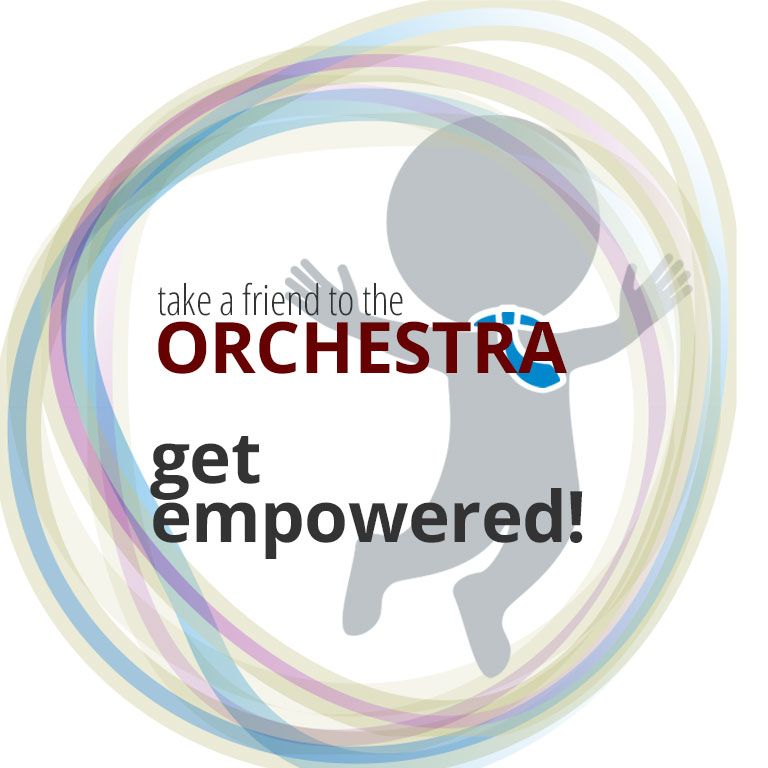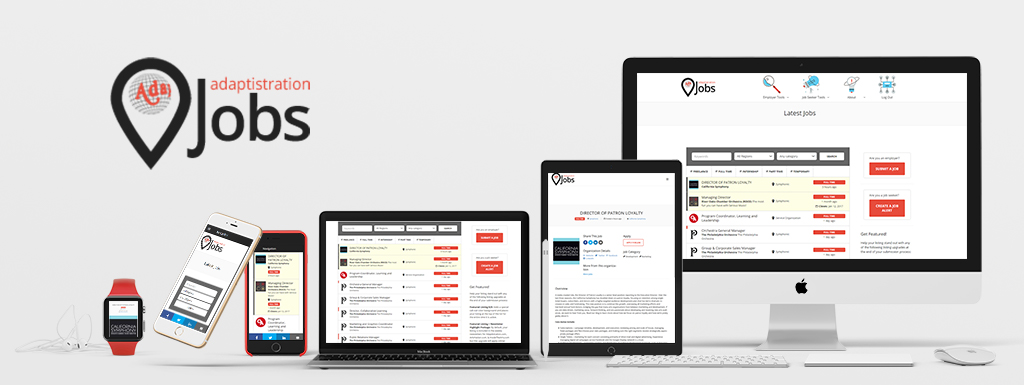The 2/3/2010 edition of the New Yorker published a piece by Alex Ross that examines attendance trends throughout the nonprofit performing arts. Unlike most of the shoulder shrugging set in this field, Ross decides to look at the issues in practical terms and concludes that in order to begin attracting members from Generation X to replace those from previous generations, it will take far more direct contact and one-on-one efforts. I couldn’t agree more…

In fact, this very notion is at the heart of the Take A Friend To The Orchestra (TAFTO) programs that have been taking place here since 2005. In fact, Alex Ross took part in that inaugural effort with this brilliant contribution. As Ross points out in his New Yorker piece, there comes a point when people reach a time when they notice “friends who had previously paid little heed to classical music have begun to show interest.”
Previous generations had the benefit of improved likelihood to encounter someone capable of cultivating that interest but for a host of reasons, a number of those variables aren’t as prominent. As a result, the arts are trying to figure out how to push back against a crisis of audience erosion. In any good crisis, those who survive take control of what they can control and for our field that means rolling up our sleeves and taking advantage of direct connections.
Fortunately, we have some valuable tools at our disposal for this task in the form of traditional face-to-face interaction as well as social media platforms that previous generations never enjoyed. When applied effectively, organizations can help prepare their current ticket buying supporters by giving them the tools and encouragement to capitalize on those times when they notice friends’ interest.
Ross has inspired me to go the extra mile and make the TATFO material more accessible and easier for classical music organizations and their stakeholders to take advantage of. Although there has always been a TAFTO index page, I’m setting up a dedicated TAFTO microsite to help build long-term momentum for what Ross is espousing.
Design work started last week but the site likely won’t be ready for another week or two. I can say with all certainty that access as well as content use and distribution will remain completely free under a creative commons license but In the meantime, I’d love to hear ideas from readers about how I can make the site the best it can be.


